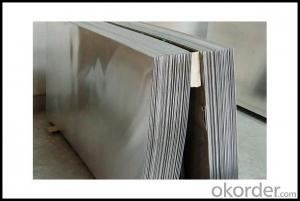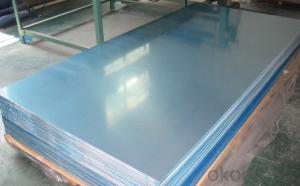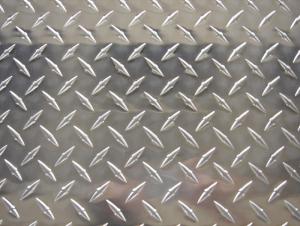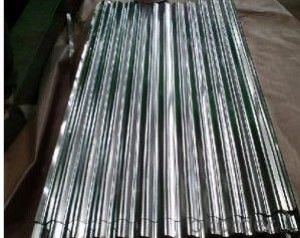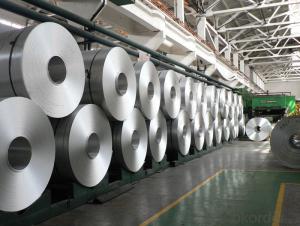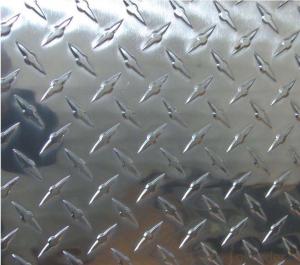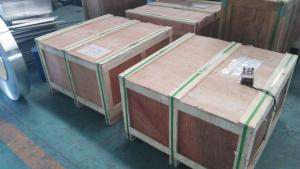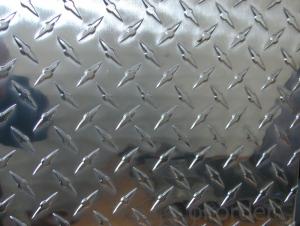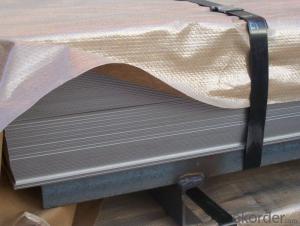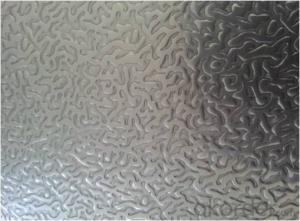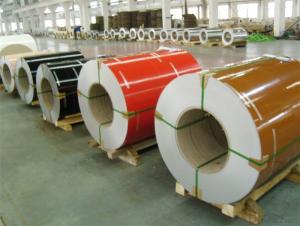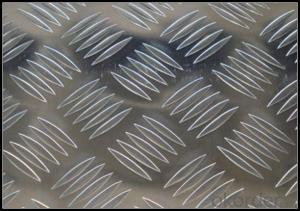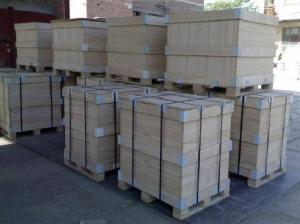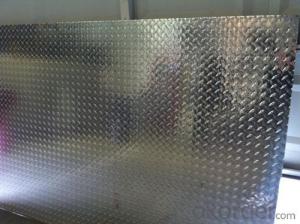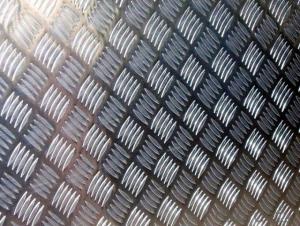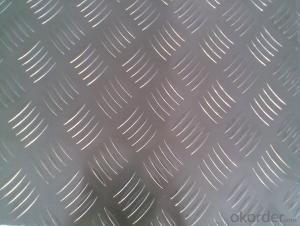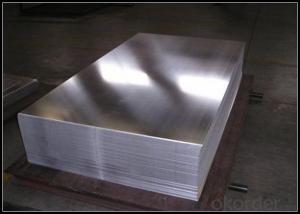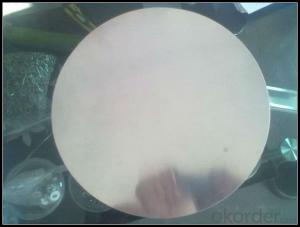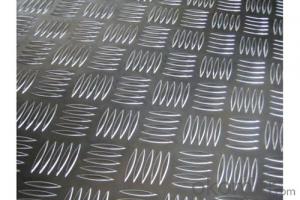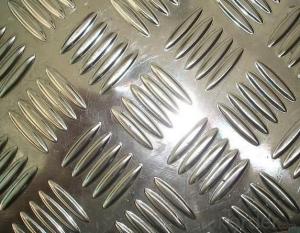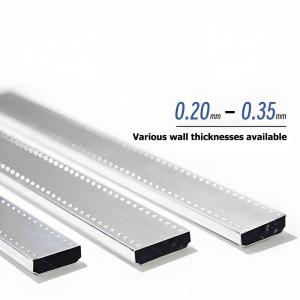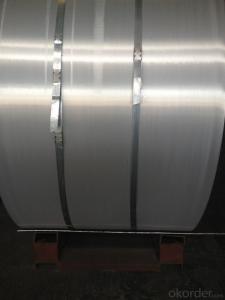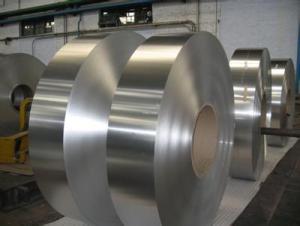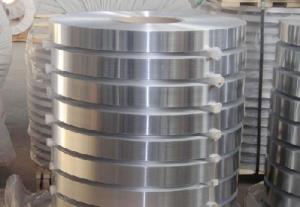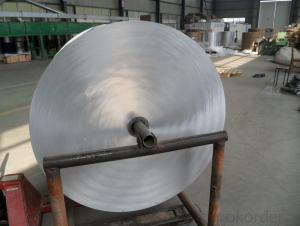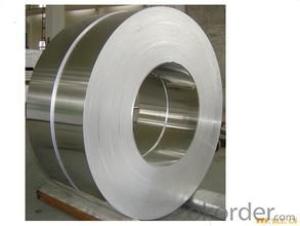1/8 Aluminum Diamond Plate 4'X8'
1/8 Aluminum Diamond Plate 4'X8' Related Searches
4x8 1/8 Aluminum Diamond Plate 4x8 Aluminum Diamond Plate 1/8 4x8 1/8 Diamond Plate Aluminum 1/4 Aluminum Diamond Plate 4x8 4x8 1/4 Aluminum Diamond Plate 1 8 Aluminum Diamond Plate 4 X8 4x8 1 8 Aluminum Diamond Plate 4x8 1/4 Diamond Plate Aluminum 1/8 Aluminum Diamond Plate 4x8 Aluminum Diamond Plate 1 8 1/8 Inch Aluminum Diamond Plate Aluminum Diamond Plate 4x8 4 X 8 Aluminum Diamond Plate 4x8 1 4 Aluminum Diamond Plate 1/8 Diamond Plate Aluminum 4x8 Aluminum Diamond Plate 1/8 Inch Diamond Plate Aluminum 4 X 8 Diamond Plate Aluminum 4 8 Aluminum Diamond Plate Diamond Plate Aluminum 4x8 1/4 Aluminum Plate 4x8 4x8 Diamond Plate Aluminum 4x8 Aluminum Diamond Plate 3/16 1/4 Inch Aluminum Plate 4x8 4x8 3/16 Aluminum Diamond Plate 1/8 Black Aluminum Diamond Plate 4 By 8 Aluminum Diamond Plate 1 8 Aluminum Diamond Plate 1 8 Inch Aluminum Diamond Plate 4' X 8' X 1/4 Aluminum Plate1/8 Aluminum Diamond Plate 4'X8' Supplier & Manufacturer from China
The 1/8 Aluminum Diamond Plate 4'X8' is a type of aluminum sheet material that features a diamond pattern on its surface, providing both aesthetic appeal and enhanced traction. This product is made from high-quality aluminum, ensuring durability and resistance to corrosion, making it suitable for various applications. The 1/8" thickness offers a balance between strength and weight, making it a popular choice for a wide range of projects.The 1/8 Aluminum Diamond Plate 4'X8' is commonly used in various industries due to its slip-resistant surface and lightweight properties. It is often employed in construction, marine, and industrial settings where safety and durability are paramount. This product can be used for flooring, walkways, stair treads, ramps, and platforms, as well as for decorative purposes in both commercial and residential spaces. Its non-slip surface makes it an ideal choice for areas where people are likely to walk or work, reducing the risk of accidents and injuries.
Okorder.com is a leading wholesale supplier of the 1/8 Aluminum Diamond Plate 4'X8', offering a vast inventory to cater to the needs of various customers. With a commitment to providing high-quality products at competitive prices, Okorder.com ensures that customers receive the best value for their investment. By partnering with reliable manufacturers, Okorder.com guarantees that the 1/8 Aluminum Diamond Plate 4'X8' available on their platform meets industry standards and customer expectations.
Hot Products
